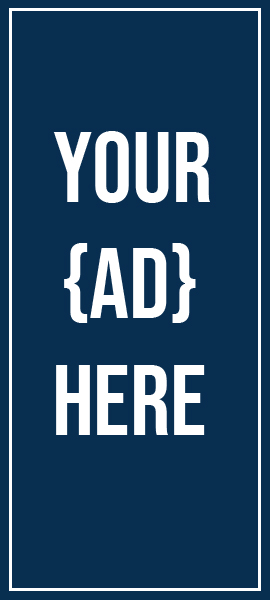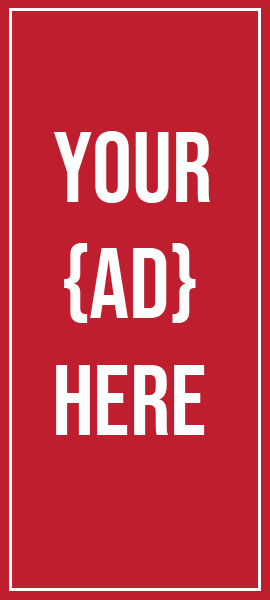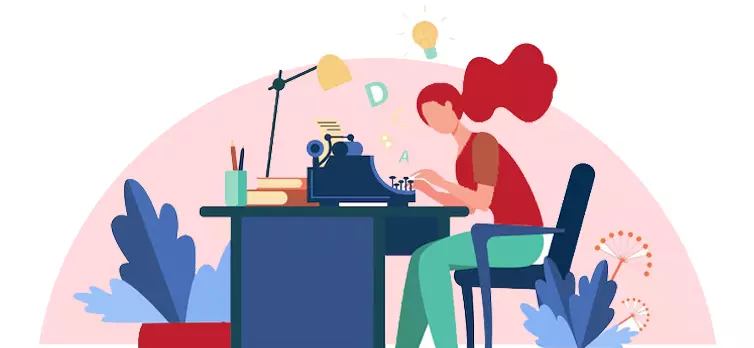
Obstacles to Productive Collaborative Writing
Obstacles are things a person sees when he takes his eyes off his goal.
– E. Joseph Cossman
Introduction
Simply put, due to the nature of humans, every single team or group that has worked together had their fair share of issues. A good portion of these issues is resolved during the “Storming” and “Norming” periods of adjustment, respectively. However, some issues can arise much later in the course of a project and have the potential to influence the work of others. It is imperative that immediate action be taken to solve these issues and prevent further contamination of the group.
Hoarding
The practice of hoarding information is referred to as “hoarding” in the context of collaborative writing. The term is used to refer to team members who are withholding their participation and “hoarding” material. These individuals of the team may be holding back for a variety of reasons, including the perception that they are not significant, the belief that the process of cooperation is a waste of time, or simply the desire to avoid revealing information that they are already aware of.

When a member of the team contributes an idea to the conversation being had by the group, they may feel as though they are relinquishing some of the control they have over the group. This can make them hesitant to join. As a result, they separate themselves from the other members of the team and do not bring anything additional to the group. Some approaches to dealing with hoarders in groups:
- Provide prizes to members of the team for their participation in the group, rather than just for their individual accomplishments.
- When possible, ask questions directly to members of the team; this way, they cannot avoid giving input. Reduce the amount of competition as much as you can and emphasize having a group mentality.
Brief check
Avoid the "Me" mindset, in which too many people seek leadership positions. When a defined hierarchy and roles are not formed in the group, the inevitable result is the formation of disconnected teams, which leads to the formation of a disjointed project. This undermines the collaborative environment.
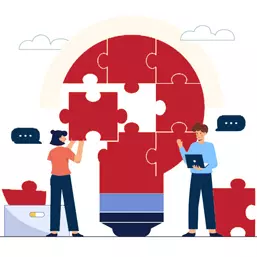
Innovation
The innovation barrier, also known as the “not-invented-here” barrier, is a sort of barrier that displays a lack of readiness to reach out to or innovate with, other members of the team. Another frequent name for the innovation barrier is the “not-invented-here” barrier.
Members of a team may be reluctant to communicate with one another for a variety of reasons, including the desire to give the impression that they are self-sufficient, the desire to avoid giving the impression that they are “the weak one,” or the simple belief that they have all the information and do not require the input of other team members. This kind of barrier frequently results in individuals adopting an “I’m better than you” mentality, which in turn can cause members of a team to prioritize their personal self-interests over the collective good of the group. Some approaches to overcoming obstacles to innovation:
- Reducing the feeling of competition and increasing the need for group participation
- Remembering that there is no “I” in the team and that no member is higher than another
- Encouraging team members to say “I don’t know” when seeking help
- Ensuring communication flows between all parties • Ensuring communication flows between all parties
- Encouraging team members to say “I don’t know” when seeking help
- Ensuring communication flows between all
Brief check
In today's ever-changing, fast-paced world of information, technology, and social media, it is becoming increasingly vital to engage people with a diverse set of talents, specialties, and cultural backgrounds in order to provide content that best reflects the firm it represents.
Search
The search barrier is a problem that arises when a member of the team declares that they are unable to find an answer to the question or problem that they have, and as a result, they are unable to offer anything to the group. Sometimes the search barrier occurs when the employee legitimately is unable to find answers or information, such as when the problem is not very broad in scope or when there is not enough material provided in reference materials. Other times, the search barrier occurs when there is an abundance of the material provided in reference materials.
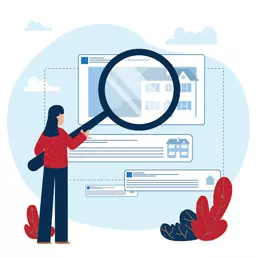
It is possible that the information related to the matter at hand may be difficult to discover, in which case the employee may be required to branch out into a different area. It’s possible that the worker looked for the information at some point, but the search was so challenging that the worker eventually gave up and didn’t bother looking any further. In the event that this occurs, you should refrain from correcting the employee for their lack of results and instead provide aid in the employee’s hunt for further information. If there is a genuine dearth of knowledge, you should offer your assistance in assisting search-related fields or themes for facts and information that are connected, and you should also offer to aid in combining the material that has been found. Several approaches of overcoming search barriers:
• Provide assistance to employees who are looking for information; • Conduct research on related issues in order to find material that is relevant to the employee’s search; • Acknowledge the employee’s search rather than resorting to discipline.
The Sharing of Knowledge
People often discover that they are unable to collaborate effectively due to barriers involving the transfer of knowledge. Individuals who have knowledge transfer obstacles, as opposed to employees who hoard information or information transmission, do in fact wish to collaborate with the group but may lack the tact or skills necessary to do so effectively. It’s possible that they are uninformed of the protocols on how to communicate their thoughts, that they don’t have a good connection with the other members of the team, or that they don’t share some of the same visions or work habits as their fellow employees.
These members of the team are not lacking in information or values; rather, they are lacking the fundamental knowledge of how to collaborate effectively. This kind of barrier may be highly destructive to a group not only because it results in a lack of communication between the members of the group, but it can also damage relationships among the members of the team and prevent any genuine progress from being accomplished. Some strategies for overcoming obstacles to the transfer of knowledge:
- Exhibit open communication with the entirety of the team;
- Provide a sufficient amount of “norming” time to let the members of the group become acquainted with one another;
- When working with larger teams, divide personnel into groups of two or three to create an “inner support system.”
Practical Application
Debby became aware that the collaborative group she was a part of was experiencing some difficulties. During the most recent gathering, she observed that certain members of the team sat apart from the other attendees and refused to take part in the discussions. It bothered her that some of the other members did not want to provide any knowledge and that it was possible that they just did not know anything that could be contributed.
Later on that day, several members of her team approached her and shared how they had the impression that they would not be able to finish their investigation since they could not locate any information that would be helpful to them. Debby came to the conclusion that she needed to solve each issue as it arose. She provided her anxious writers with a number of alternative research topics to investigate, and she even suggested a number of resources for them to look into.
At the subsequent gathering of the whole group, Debby solicited individual feedback from each employee present, including some of the people who had been separated. Debby was able to gather their contributions as well since she spoke to them personally instead of letting them go ignored during the discussion and allowing them to go unspoken for.
